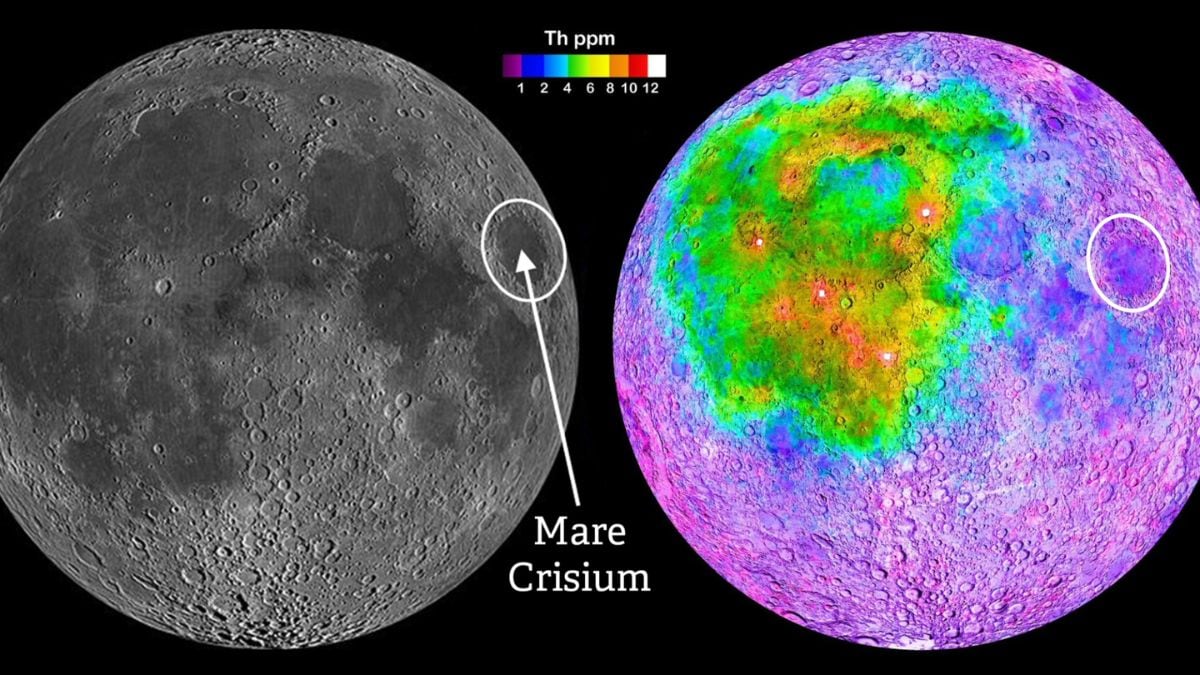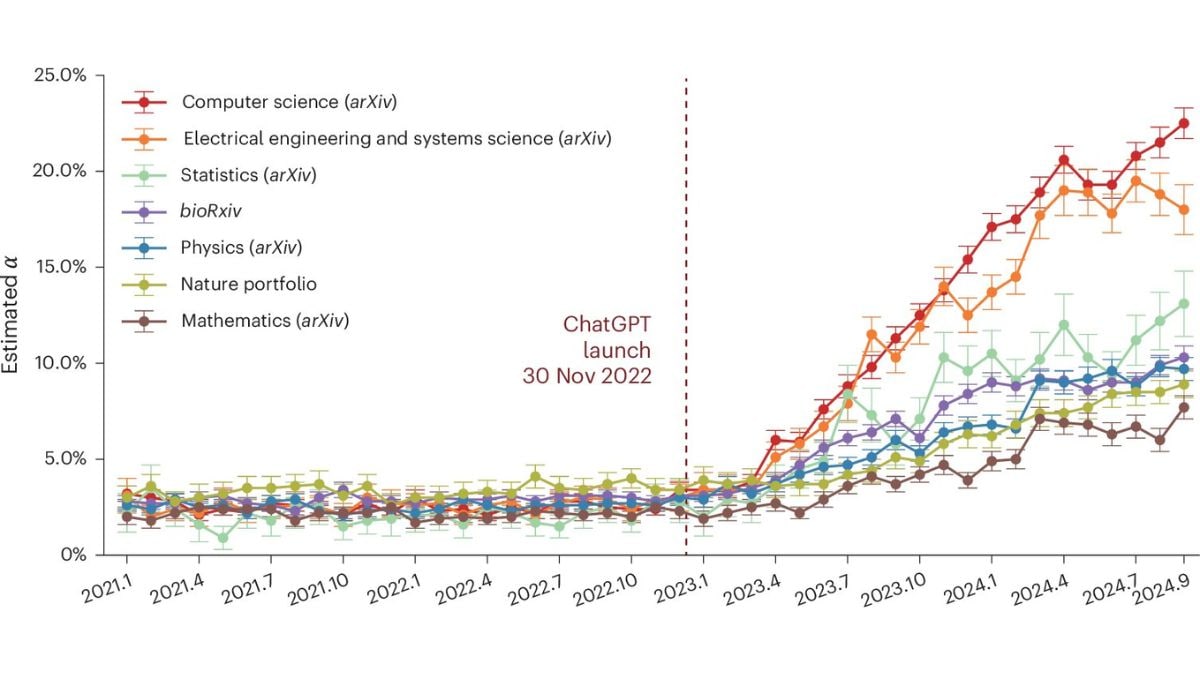Microsoft dev explains why they use H1/H2 naming scheme for updates

This fall, we’re going to be getting Windows 11 25H2, the latest update to Microsoft’s latest operating system—though expect this one to be far less disruptive than 24H2 and more stable with stricter driver standards.
Keen readers with good memory will remember that Microsoft didn’t always use this naming scheme for Windows updates. In a post on Microsoft’s Dev Blogs, Raymond Chen explains why Windows updates moved to the H1 and H2 naming scheme.
Chen first reminds us of the Fall Creators Update from 2017 and the Spring Creators Update from 2018, then mentions an internal meeting where they discussed unconscious biases—like how those “Fall” and “Spring” timings only made sense to those living in the Northern Hemisphere. In the Southern Hemisphere, they’re swapped!
As a result, Microsoft chose to drop its seasonal naming scheme and switched to a hemisphere-neutral approach: H1 for the first half of the year, H2 for the second half. Thus, “Windows 11 25H2” refers to the big Windows 11 update in the second half of 2025.
This article originally appeared on our sister publication PC för Alla and was translated and localized from Swedish.






